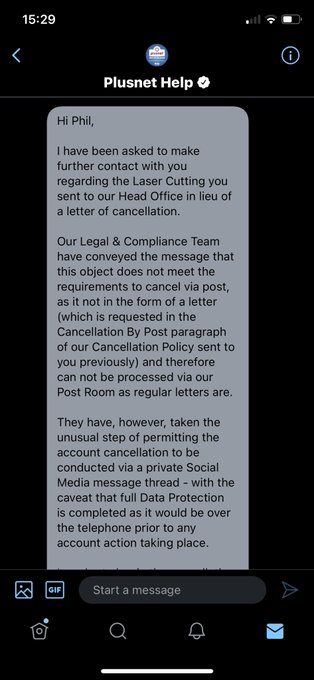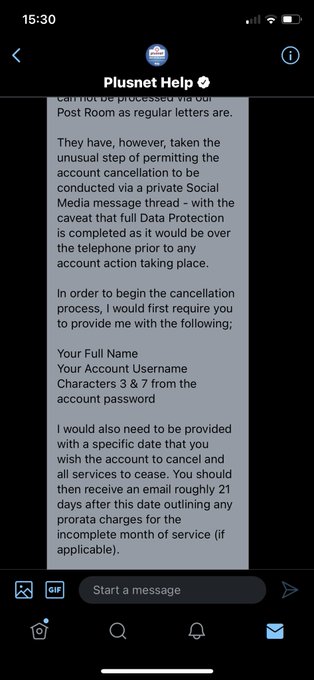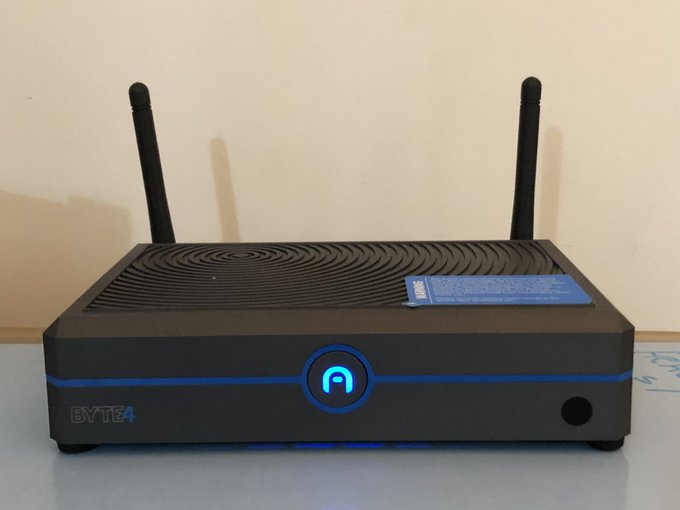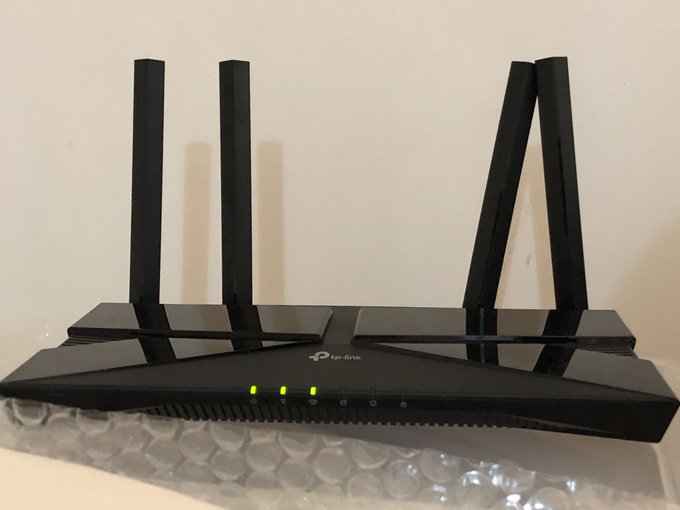Bridged Network With Azulle Byte4
It’s water under the bride now, but I had a small disagreement with Plusnet about how I should be able to cancel my account. The long and short of it- if I sign up online, I should be able to cancel online. No excuses!
Dear @plusnet customers. I’d like you to know that:
1. You can’t cancel your account online easily
2. Plusnet store your password in plain text
3. Plusnet copy and paste social media support requests into tickets and sent me another customers entire support thread & info pic.twitter.com/fuEM3uFsO2— Phil Howard (@Gadgetoid) November 20, 2020
Anyway I eventually succeeded in getting our broadband cancelled online… about a week and some days earlier than we were due to move.
This, it transpired, was something of a problem in a mid-covid world where I was relying on my internet connection to work from home. I guess Plusnet had the laugh laugh, eh! Or did they?
As luck would have it, our neighbour was all but happy to share their WiFi. The trouble with sharing WiFi is that it – despite WiFi pollution being a common problem – doesn’t always penetrate walls all that well. The neighbour’s WiFi router was located downstairs next to the television, and I’d recently relocated the “office” into the upstairs spare bedroom as we took apart and packed everything. This was pretty much a worse-case scenario for range and understandably I had a fairly difficult time getting a stable connection.
No problem. I’ll bridge my TP-Link router to the one next door and it’ll boost the signal where I need it, right?
Wrong.
The TP-Link AX1500 I grabbed as an antidote to the godawful WiFi that Plusnet’s own router supplied did not support bridging networks. This will serve me right for buying something based on how cheap it is, rather than how good it is. Though to be fair the AX1500 has been pretty much fine in every other regard.
How could I overcome this challenge, I wonder?
Well it turns out the Azulle Byte4 had the answer. This mini PC is positively brimming with network interfaces and its dual-band, dual-antenna WiFi design meant it was probably the best device in my house (better than any laptop, at least) to achieve a stable connection to the neighbours WiFi. To be doubly sure I stacked it on top of some boxes in our living room, right opposite the wall where the target WiFi router was located and cabled the TP-Link router into it as the WAN source.
It worked.
Okay WiFi borrowing rig attempt 1.
My router doesn’t support bridging – goddamnit – so I’m using an @azulletech Byte4 to connect to the WiFi network and share the connection over Ethernet to the router. Worked upstairs moved downstairs for better signal and.. not working! pic.twitter.com/kExnKOlL9N— Phil Howard (@Gadgetoid) November 29, 2020
I had previously been using the Byte 4 to tether via USB to my iPhone and serve the network connection over WiFi using Windows 10’s “Hotspot Mode.” This worked well enough but was understandably slow and very limited.
Using a bridged network fared much better. This involved connecting the Byte 4 to the neighbours WiFi network, cabling it into my TP-Link router and then selecting the two connections in Windows “Network Connections” control panel – literally just Ctrl+Click to select both – and then right click on the target network and click “Bridge Connections.” This effectively links WiFi directly to the Ethernet connection and the Byte4 became “transparent”, meaning it was impossible to administer remotely without more tomfoolery. But the connection was bulletproof and my home – plus a select few devices I hadn’t taken offline to avoid congesting the neighbour’s connection – had glorious internet again.
Your move, Plusnet.
It’s a small job for a powerful mini PC, but while I’ve moved into a new home office with Ethernet to every computer that matters the Byte 4 is back in hotspot mode converting its Ethernet connection into a WiFi connection for phones and wireless devices I’m testing or programming. It’s an extremely useful system to have around.




